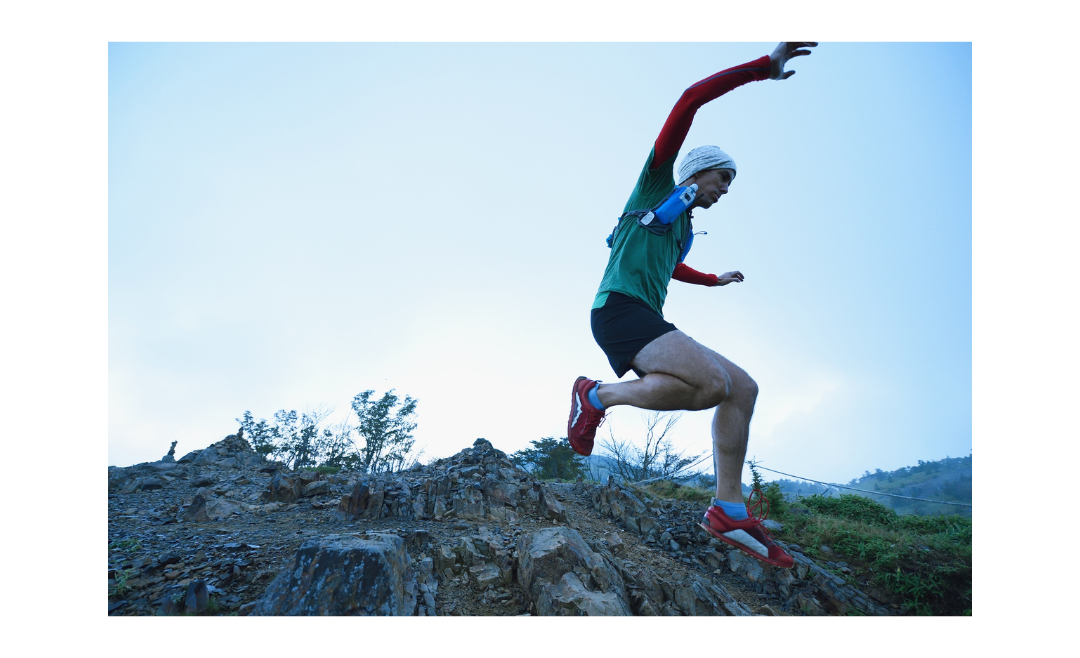Trail Running: Exploring Nature While Boosting Fitness
Trail running is a powerful blend of physical training and outdoor exploration, offering a refreshing alternative to traditional road running. Moving through forests, parks, and rugged landscapes allows runners to experience nature while challenging their bodies in new and dynamic ways. The constantly shifting terrain engages stabilising muscles, improves coordination, and enhances overall athletic performance. With every step, trail running provides not just a workout, but an immersive escape from the noise of everyday life.
Physical Benefits of Trail Running
Trail running naturally pushes the body to adapt. The climbs build leg power, the descents improve control and agility, and the varied ground conditions help develop strength in smaller stabilising muscles that road running often overlooks. These elements work together to boost cardiovascular fitness, enhance muscular endurance, and increase balance. Because trails are generally softer than concrete, the reduced impact on joints also makes trail running a more forgiving form of high-intensity exercise.
Mental and Emotional Benefits
One of the biggest appeals of trail running lies in its mental rewards. Being surrounded by natural landscapes—trees, mountains, rivers, open fields—creates a sense of calm that helps lower stress levels and improve mental clarity. The peacefulness of nature combined with the rhythm of running provides a meditative experience that supports emotional well-being. Many trail runners feel more grounded, focused, and energised after spending time on the trails.
The Adventure Factor
Trail running taps into an innate sense of adventure. Each route brings a new challenge, whether it’s a steep climb, a technical descent, or a stretch of winding paths. The unpredictability keeps the activity exciting and motivating. Exploring new trails allows runners to discover hidden viewpoints, wildlife, and scenic landscapes, making each run feel like an outdoor journey rather than a simple workout.
Getting Started with Trail Running
Beginning your trail running journey doesn’t require advanced skills—just the right mindset and preparation. Start with beginner-friendly trails that offer gentle slopes and clear paths, gradually progressing to more challenging terrain as your confidence grows. A pair of trail-specific running shoes provides better grip and protection. Carrying essentials like water, a light snack, and a small first-aid item is helpful for longer runs. As with any outdoor activity, it’s best to check trail conditions and weather beforehand for a safe and enjoyable outing.
Conclusion
Trail running is more than a fitness routine—it’s a full-body, full-mind experience. By combining cardiovascular training with the restorative power of nature, it enhances physical performance while nurturing mental well-being. Whether you’re seeking adventure, stress relief, or a more engaging way to stay active, trail running offers a rewarding path that connects you with the outdoors and your own inner strength.
FREQUENTLY ASKED QUESTIONS
Q: Is trail running harder than running on roads? It can be, due to hills and uneven terrain, but the softer surface reduces joint impact and makes the effort feel more balanced overall.
Q: What shoes are best for trail running? Trail shoes with good traction, a durable outer sole, and ankle support can help you navigate uneven ground safely.
Q: Can beginners try trail running? Absolutely. Many beginners start on flat, well-marked trails and gradually build confidence and strength over time.
Q: Is trail running safe? Yes, as long as you stay aware of your surroundings, choose appropriate trails for your skill level, and carry basic safety items like water and a phone.
Q: How often should I go trail running? 1–3 times per week is a great frequency, allowing your body to adapt while still getting the benefits of outdoor exercise.
Contact our friendly Osteo team at MOSIC. We can help you prevent or recover from your injuries.

